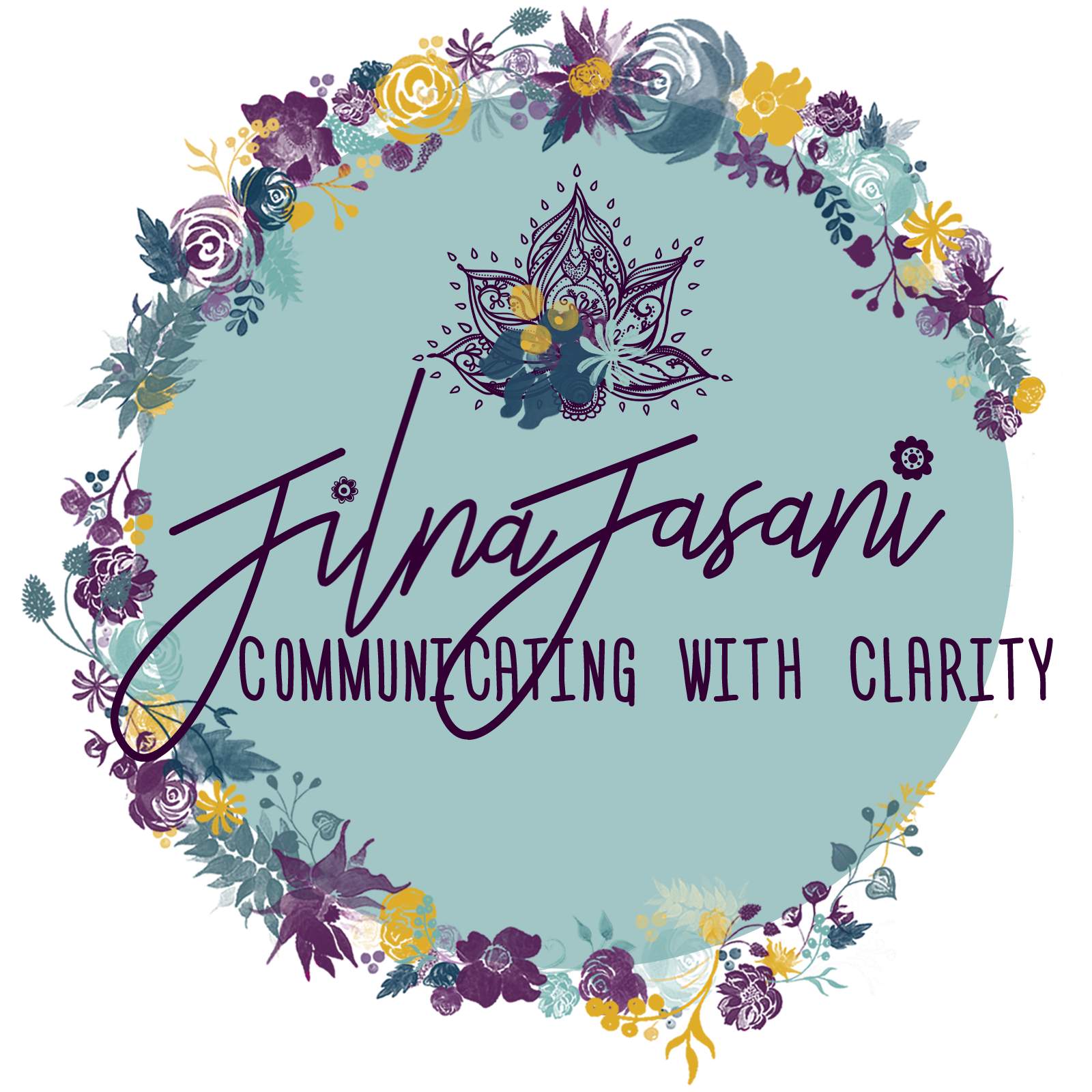
3 Steps to Setting Healthy Boundaries

A lot of us have fears around setting and holding boundaries, and it leads to questions like: ‘What thoughts lie underneath our fear to create a boundary?’ and ‘What does a boundary even mean?’
It makes things hard, because boundaries are so important! We are essentially teaching others(including our children) what our limits are and how to love us, what we’re willing to do and not do, and how we want to see and experience ourselves in the relationships we’ve chosen.
To help us answer these questions, I found this short video. I’ve shared my takeaways below:
3 Steps to Boundaries: Create, State and Maintain
Create: Here we consider the relationships we struggle with, and ask ourselves:
- What do I need out of this relationship? (ex. effective communication, connection, love, support in loving myself, balancing responsibility, etc.?)
- Why am I considering changing the way I am in this relationship? (ex. so that I’m understood, seen or heard)
- How would it make me feel if my need was met? (ex. I’d feel light, full of energy, curious, loving)
Getting clear on why you are creating your boundary will help support you in the other two steps.
State: Get really vulnerable and honest with yourself to figure out what you need in creating the boundary, and then say so to the other person.
- If you need effective communication, state it: “I need more time to express myself and to understand you. Can you commit to spending an hour with me every other day to help us understand each other?”
- If you need more support in loving and honoring yourself, be a little less available in the relationship: “I can no longer speak to you every day because I’m working on containing my energy so that I can do what I need to connect back to myself. This may be hard at first, I know. Know that I still love you.”
Maintain: Actually do what you said you would do. This is critical. There are so many ways the person on the other side may not like this new dynamic. This could make you feel like you’re regressing, but you’re not. Instead, you’re fluctuating – as long as you stay clear of what made you need to create the boundary in the first place. This can feel challenging, and the other person’s behavior can make you experience egoic thoughts like: “maybe I’m too harsh” or “he/she said I’m selfish”. Inquire within those thoughts and see what comes up:
- What does it mean to be selfish?
- Do I consider myself to be selfish?
- Can I find examples of where I am not selfish?
- Is it a problem if I am selfish?
- What would it feel like if I acted selfishly?
- Is this definition of selfish bad?
Relationship dynamics can change over time if we maintain our boundaries. Each person can settle into a new dynamic if they’re willing to put in the effort. Otherwise, we will continue to create unhealthy boundaries like ignoring or avoiding the people or situations that trigger us, resulting in further exhaustion and guilt.
These graphics may help further illustrate what I’m describing.


A healthy boundary is rooted in love. It is always set out of an intention to love yourself, and therefore, to teach others how to love themselves.
Give it a try. Watch the video, follow the 3 steps, and let me know how it goes!

